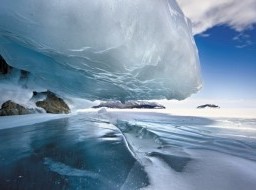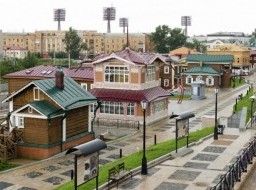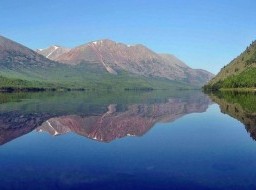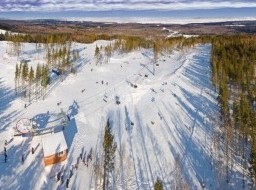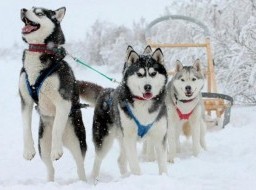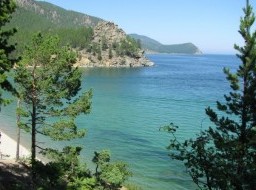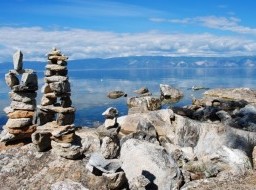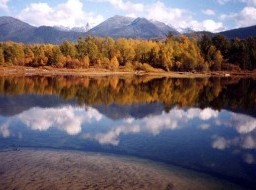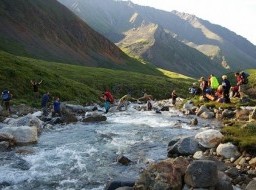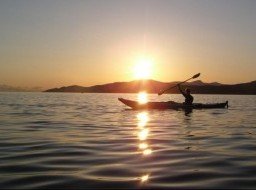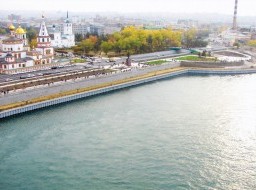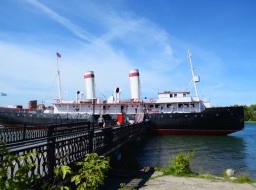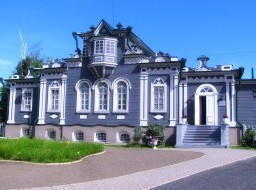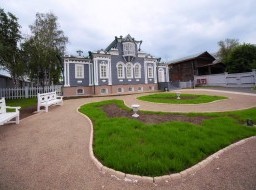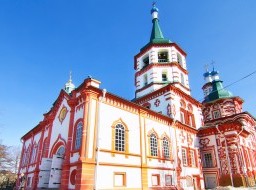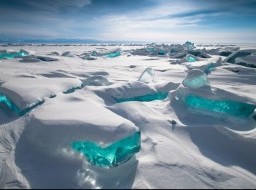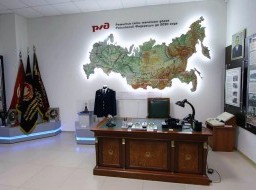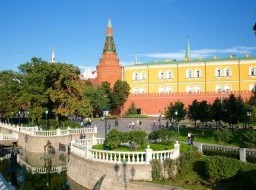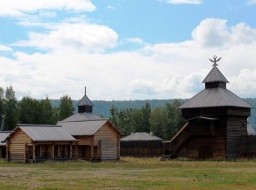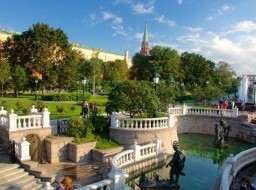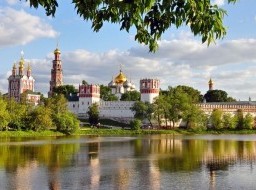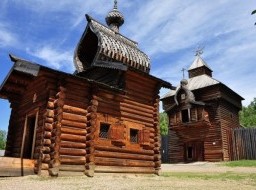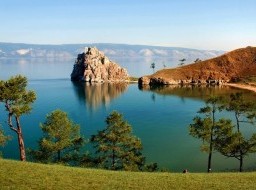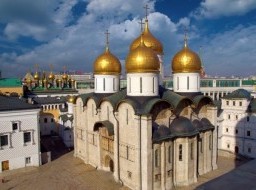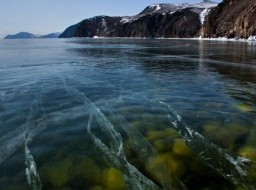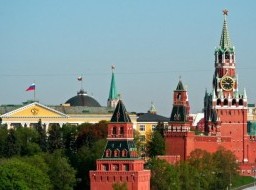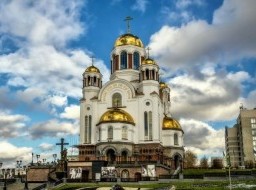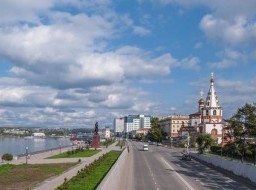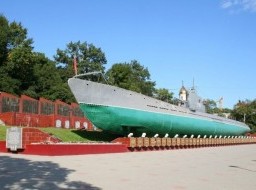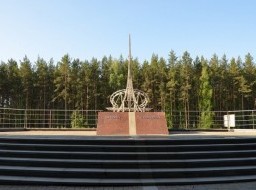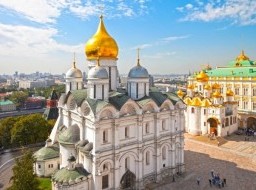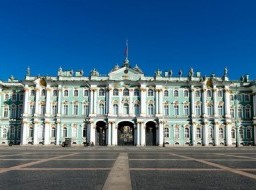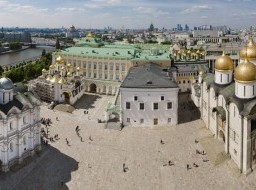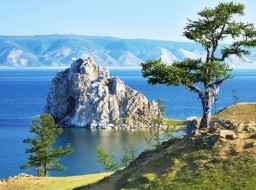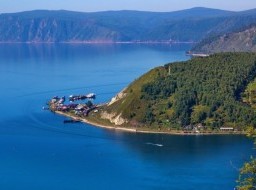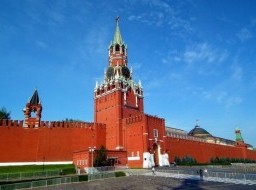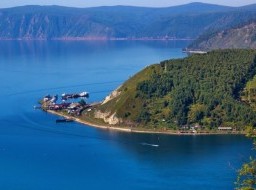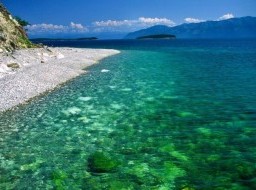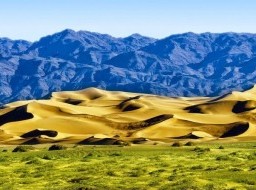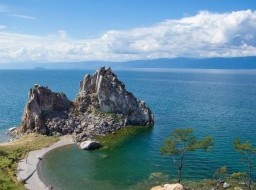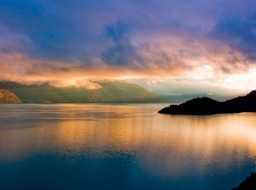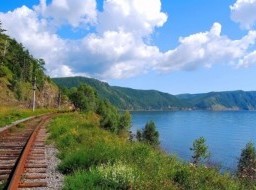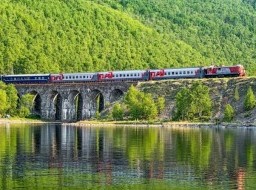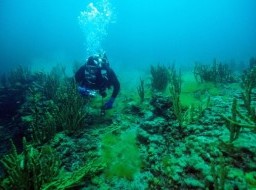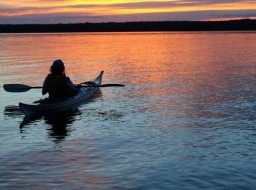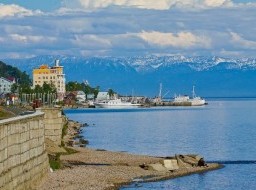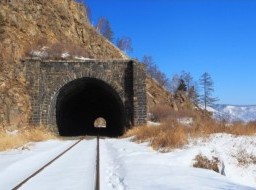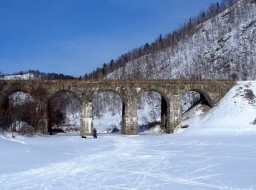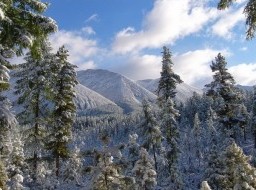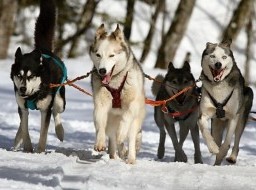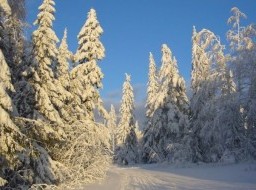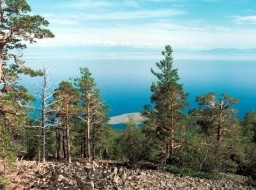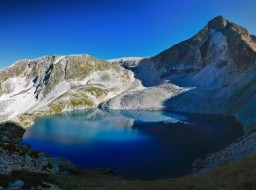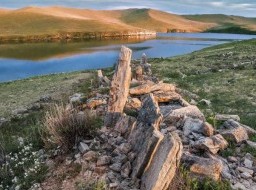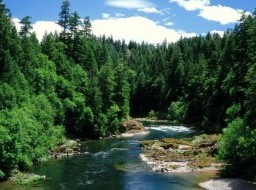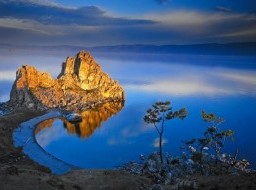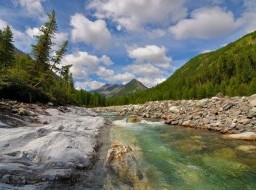Baikal Lake (Limnological) Museum
The unique Limnological Museum (or Museum of Baikal) can be considered to be the best one among all other existing museums of Lake Baikal. The museum has a long history. First, in 1928 there used to be a Limnological station. Later, in 1961 it was reorganized into a Limnological Institute of Siberian branch of Russian Academy of Science. By now, Baikal Limnological Museum is a very popular place; annually more than 50 thousand people come here every year. It is the only museum which entirely devoted to the history of Lake Baikal exploration, its flora and fauna. Tourists will learn much about the origin of the lake, historical investigations, the surrounding area (maps, the samples of rock and minerals), the peculiarities of its shoreline and bottom. Microorganisms inhabiting Baikal waters and destroying everything that might pollute the lake. Lake Baikal is often called the Pearl of the World, for its beauty, unique natural features, its flora and fauna. In 1996 UNESCO listed it as a World Heritage. Lake Baikal is the oldest lake in the world, which is 25-27 million years old. It is also the world's deepest lake with a maximum depth of 1637 m. Many rivers flow into Lake Baikal and the Angara River is the only river that flows out of it. From ancient times people have called Baikal Sacred Sea. Baikal is the cleanest natural fresh-water reservoir in the world, and the water clarity is down to 40 meters which also is the deepest water clarity of lakes in the world. Within Lake Baikal there are 2635 known species of animals and plants and 2/3 of those are endemic. Baikal Museum exposition (in addition to regular exhibits of the lake's flora and fauna) includes fabulous aquariums. In 2004 living exhibition started in 11 aquariums where visitors may see 20 types of amazing fish, 9 of them are gobies, 5 types of crustaceans, 3 types of sponges and 2 types of mollusks. The exhibition shows in details the life of all fish that live in the lake, as well as Baikal seal. The aquariums have a unique system of water supply and water cycle, which takes water from a depth of 500 meters. The conditions of living are arranged so as to be similar to the natural lake biocoenosis. Thus, the visitors of the museum can see Baikal endemics as if they were next to them at the depth of hundred and thousand meters. To make this feeling even more life-like, the museum quite recently started to offer a new entertainment called «interactive submergence». Tourists are invited to see mysterious underwater life of Lake Baikal through the portals of a submarine. Though the journey takes only a quarter of an hour, visitors manage to reach the maximum depth of the lake – 1,637 meters – and see the most interesting species living in Baikal. The Baikal shore is a unique ecological niche the inhabitants of which are connected with both dryland and water. Some of them live on land but feed in water, others spend the greater part of the time in water but breed and end their lifetime ashore. Due to its unique location, the land animals of the Baikal region contain specimens of the fauna found in Central Asia, Europe - Siberia and East Asia. Furthermore, the taiga near-lake backwoods are inhabited by rare animals which have become extinct in other places. Omul has been the symbol of Lake Baikal, in addition to bread that has been a symbol of Russia since time immemorial. The instinct of continuation of generation forces the omul to overcome turbulent rapids and river shoals. The caviar is left on the sandy and pebbly bottoms with moderate flows, and the development of its larvae lasts 6-7 months. For different reasons, a greater part of the caviar perishes: it is either buried under sand and silt or eaten up by predators. Omul lives 18-20 years. It is assumed that the ancestors of omul got into Baikal from the polar regions - Arctic ocean. One theory is that there was a time when a group of omul, going with the stream up Arctic rivers to spawn, came to Baikal and favoured these conditions for breeding and development. Probably the rout of infiltration of this fish drove on Yenisei and Angara rivers. The omul's colonization of Baikal and its adaptation to new living conditions appeared to be Nature's tremendous experiment, revealing flexibility and adaptability of aquatic organisms to changes of the environment. Baikal Museum is constantly developing and improving. New expositions are opened and more and more space is given for new interesting exhibits. Though Baikal is the oldest lake in the world, there are still many unexplored facts and secrets about it that wait for their disclosure... |
|
